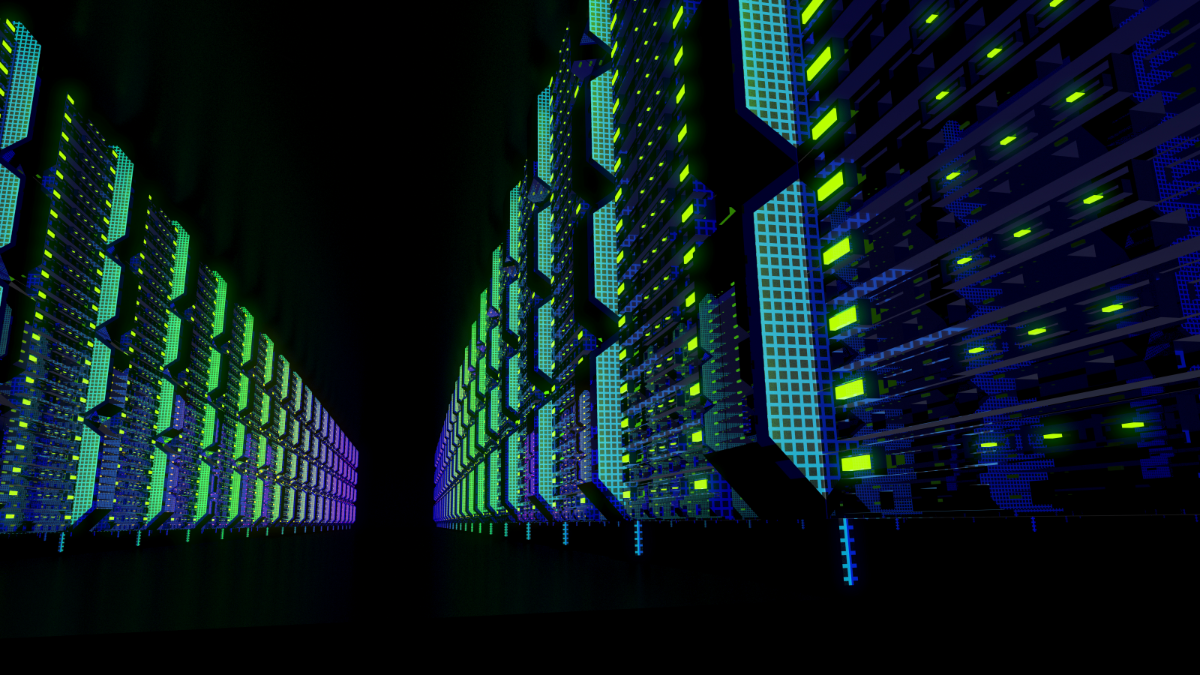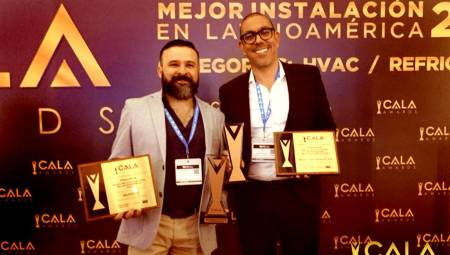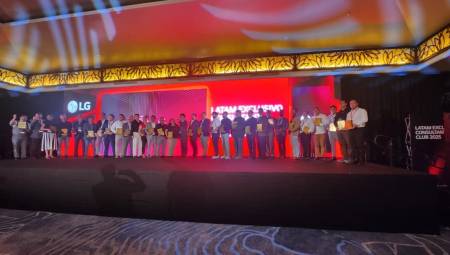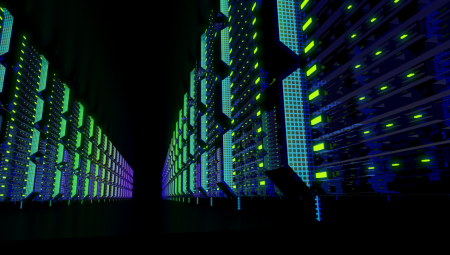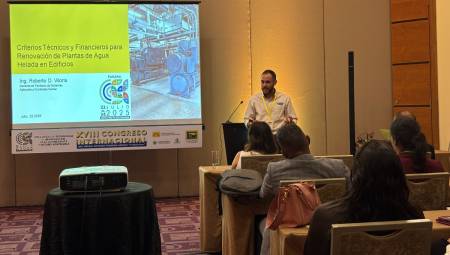International. The rise of artificial intelligence is putting unprecedented pressure on global data center infrastructure. The growing adoption of models such as ChatGPT, Gemini, and other generative AI systems is leading to an accelerated increase in energy demand, as well as the need for smarter and more sustainable thermal solutions.
According to a global survey conducted by Ciena and Censuwide, 43% of new data center installations will be focused exclusively on AI workloads. This change is due to the demand for training and inference of models, processes that require a constant and massive movement of data, significantly increasing energy consumption.
In the same vein, the Electric Power Research Institute (EPI) updated its projections and warned that data centers — driven by the expansion of AI — could consume more than 9% of all U.S. energy in the coming years. Faced with this critical situation, the technology industry is looking for immediate alternatives. Among them, the hybrid cooling system emerges as a strategic solution to reduce energy and environmental impact.
"This projected level of consumption forces us to completely rethink the thermal infrastructure of the data centers," says Fernando Campos, Energy Specialist at Trane Mexico. He added that "the objective is to cool intelligently, seeking a real balance between energy efficiency and environmental sustainability."
Air-cooling systems, widely used in past decades, are beginning to show their limits in the face of the thermal density generated by high-performance AI chips. According to AFCOM's 2025 State of the Data Center Report, density per rack has more than doubled in four years, from 7 kW in 2021 to 16 kW per rack today.
The same report reveals that 79% of professionals in the sector expect that number to continue to grow, driven by the thermal requirements of high-performance computing (HPC) and artificial intelligence. In response, many companies are implementing emerging technologies such as liquid cooling, airflow optimization, and next-generation smart sensors.
"By selectively combining air and liquid, it is possible to better manage critical heat zones without a total data center transformation. It is a scalable option, more accessible and capable of responding flexibly to AI-driven growth," explains Campos.
The context goes beyond the technical challenge. Environmental commitments and ESG guidelines are forcing organizations to optimize their energy consumption and reduce their PUE (Power Usage Effectiveness), while ensuring the continuous operation of their digital operations.
In this scenario, hybrid cooling is consolidated as a viable alternative to balance performance, efficiency and sustainability. By adapting the type of cooling according to the specific thermal load, it allows a more rational use of resources, reducing energy consumption and emissions without compromising operation.
This model is also constantly evolving: high-precision thermal sensors, intelligent control algorithms, state-of-the-art materials, and modular configurations are transforming the way data center thermal systems are designed and operated.
Key advantages of the hybrid cooling system:
- Gradual transition to more efficient systems without stopping operation.
- Reduction of energy and maintenance costs.
- Compliance with environmental regulations with lower emissions and PUE.
- Scalability to respond to the accelerated growth of AI.
- Increased resilience through the combination of complementary technologies.
The advancement of artificial intelligence is marking a before and after in digital infrastructure. Thermal efficiency is no longer just a technical requirement, but a strategic factor. The decisions made today on cooling will determine not only the ability to scale in the future, but also the environmental commitment of organizations.
Hybrid cooling offers a concrete way to respond to growing demand without falling into extreme or unsustainable solutions. In a world where every watt counts and every degree matters, cooling smartly becomes as crucial as innovating with algorithms.


